How to Prevent Infection when Using Dermarollers?
When using a homecare dermaroller or having a dermarolling therapy in a clinic – you should always keep in mind that you need to follow some protective measures to avoid the spread of infection. Infection happens when bacteria or virus and any other pathogenic microorganisms gain entry into your body and defeat your immune defenses. To avoid further complications, it is best if you take some precautionary measures.
Dermarolling therapy is an effective and promising treatment modality to remove wrinkles, acne scars, skin marks, and other visible signs of aging. It is also used to treat hair loss and for skin rejuvenation. It is a popular treatment that is gaining wide acceptance because of its simple and easy to perform procedure, minimal downtime, and less expensive as compared with the traditional treatment modality.
In addition, dermarollers are handheld device that works by creating micro injury deep into the skin layers, to promote the growth of elastin and collagen formation. The micro injury creates petechial or minute hemorrhages that may be a potential entry point for infectious microorganisms. To prevent this from happening there are some measures that you need to perform to allow the smooth flow of the natural healing process of the skin.
Sanitize Home-Care Dermarollers every after use
After using your home-care dermarollers, you should sanitize it to avoid any growth of pathogenic microorganism or those organisms that causes diseases. To do this, you can pour a hot tap water into your device, or you can use isopropyl alcohol to kill the microorganisms. You may also buy a dermaroller cleaner which is available in drugstore or in grocery store, so you can properly sanitize the device.
This is very important if you still plan to re-use your dermaroller. Home-care dermarollers can be re-used for at least 15 times, as long as the needles are in good condition and there is no any bending or breakage.
If there is any breakage or bending, you should not anymore use it because the needle may break into your skin which may cause an inflammatory reaction making your skin more susceptible to harmful microorganisms. This may also delay the natural healing process which is not favorable at your end.
Follow precautionary measures after your office-based dermarolling therapy
If you opt to have your dermarolling treatment done in an office-based procedure, there is generally a lesser incidence of infection. Post-procedure infection is not usually seen in dermarolling therapy because the micro holes that were created during the procedure closed immediately. [1] More so, during the treatment any pinpoint bleeding is immediately washed by a saline solution.
The patient is also given non-comedogenic antibiotic cream to be applied in the treated area for three to four days after the procedure. Patient is also advice to use sun protectors like sunscreen with SPF to prevent any skin damage which may induce an inflammatory response making the skin susceptible to pathogens.
Do not use dermarollers if you have an existing skin lesion or active skin infection.
If you have an active skin infection, it is best to delay the dermarolling therapy first. The following skin conditions are contraindicated in performing dermarolling therapy:
- Herpes
- Warts
- Bacterial infection2
- Eczema
- Keloids
- Fungal infections
- Rashes
- Bruised skin
- Skin Cancer
- Other contagious skin condition
You should first consult your dermatologist to treat the existing skin condition before undergoing dermarolling therapy. Active skin infections are a risk factor for the further spread of infection. If you perform dermarolling treatment, you may further aggravate the existing skin condition.
Remember that in dermarolling therapy, you create micro holes which can be a point of entry for these harmful microorganisms. Active skin infection is a contraindication in performing dermarolling therapy.
Avoid outdoor activities after dermarolling therapy
Do not plan any outdoor activities after your dermarolling session to protect your skin against dirt, pollution, and any other minute particles that may induce inflammatory response to the skin. Say for example, you should not go out to the beach after a dermarolling session. This is to avoid any dirt to come in contact with your skin and also to avoid the harmful effects of the sun.
Although, the micro holes close immediately, you still have to take the precautionary measures to avoid any adverse effects. Other outdoor activities that you may delay for the meantime are hiking, biking, strolling in the park, swimming in the pool, and or walking in the busy streets.
Use Antibiotic Creams as Prescribed by the Doctor
Using antibiotic cream will help prevent the growth of any harmful bacteria that may come in contact with your skin. Doctors usually prescribed antibiotic treatment for 3 to four days which is applied on the treated area. Do not self-medicate because prolong antibiotic use may cause resistance.
It is best to buy only antibiotic creams that are prescribed by your doctors.
Important points to remember
Just like any other treatment, there are some precautionary measures that you need to observe to prevent any adverse effects such as the spread of infection. Probably, the most serious sequelae of dermarolling therapy are to induce an infectious process. This is why; you need to take some preventive measures to allow the natural healing process to occur smoothly without any delay.
Do not underestimate these microorganisms because they can cause significant trouble if they gain entry into your system.
Dermarolling therapy is safe to use. Infection happens when you do not take the necessary precautions. So keep in mind the following tips to prevent any infection:
- Sanitize Home-Care Dermarollers every after use
- Follow precautionary measures after your office-based dermarolling therapy
- Do not use dermarollers if you have an existing skin lesion or active skin infection.
- Avoid outdoor activities after dermarolling therapy
- Use Antibiotic Creams as Prescribed by the doctor
Bibliography
[1]Chawla, S. (2014). Split Face Comparative Study of Microneedling with PRP Versus Microneedling with Vitamin C in Treating Atrophic Post Acne Scars. J Cutan Aesthet Surg. , 209–212.
2 IMRAN MAJID , GOUSIA SHEIKH. (2014). Microneedling and its applications in dermatology. International Journal of Aesthetic and anti-aging medicine .

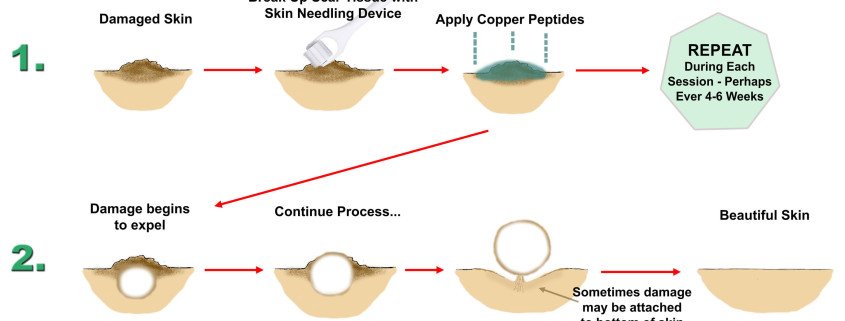
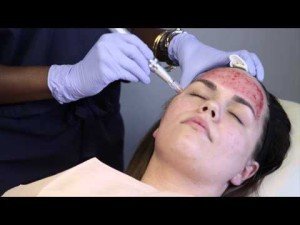

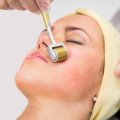
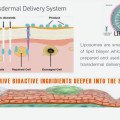

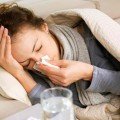
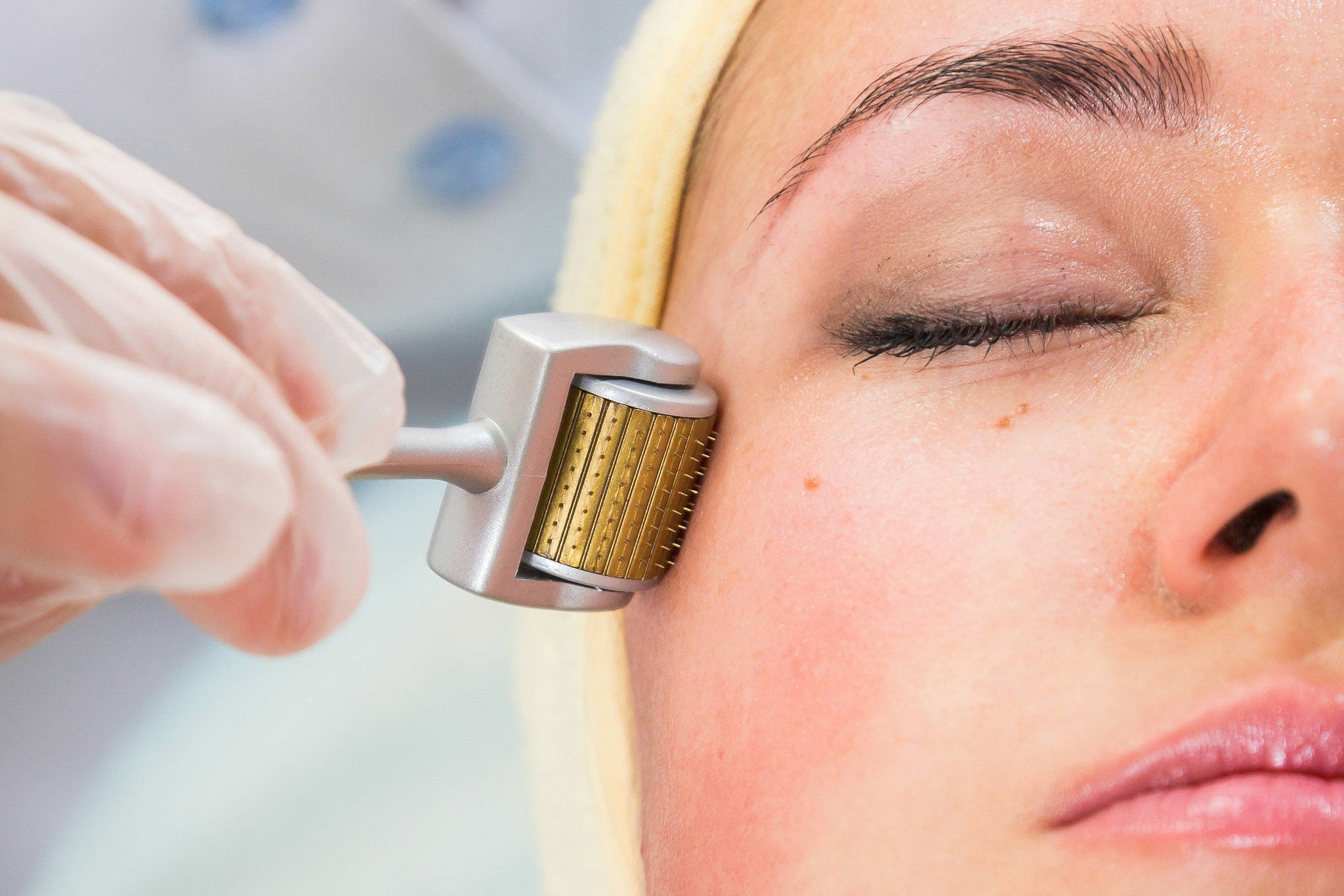
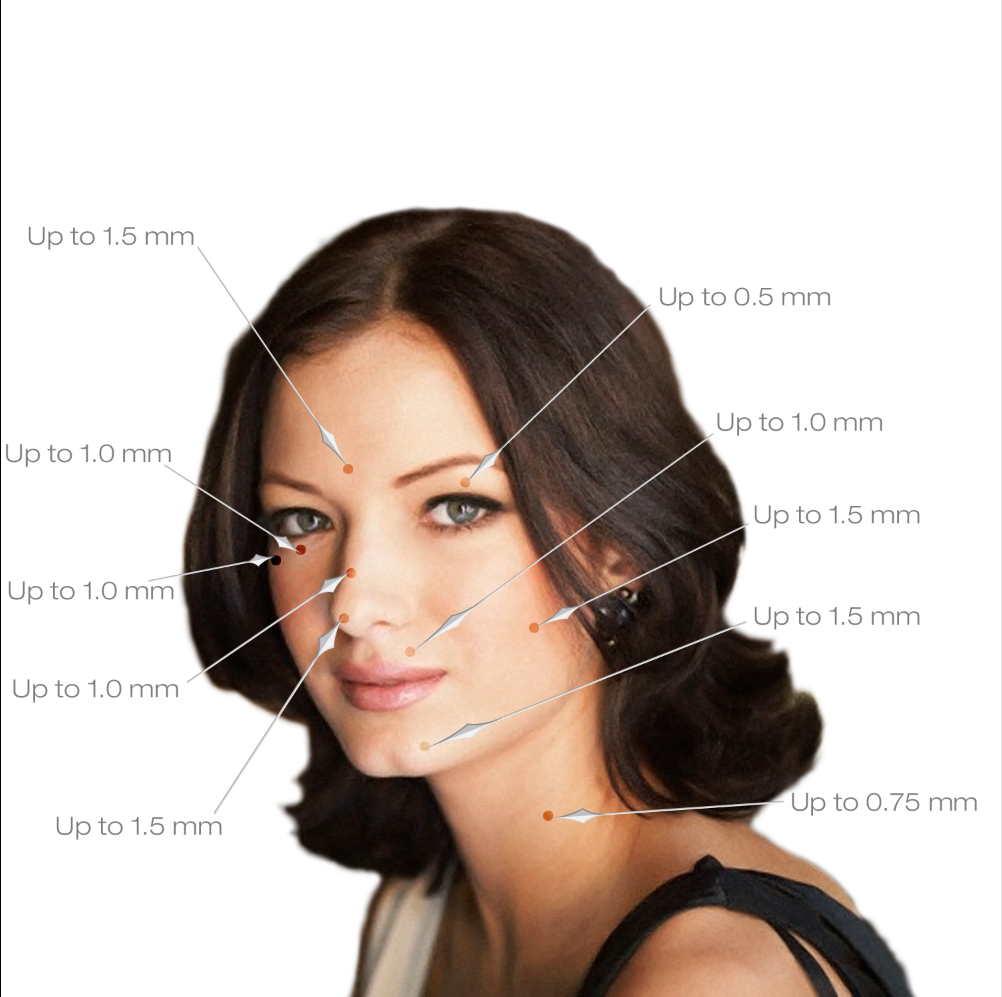
Please add your thoughts
Leave a Reply
Want to join the discussion?Feel free to contribute!